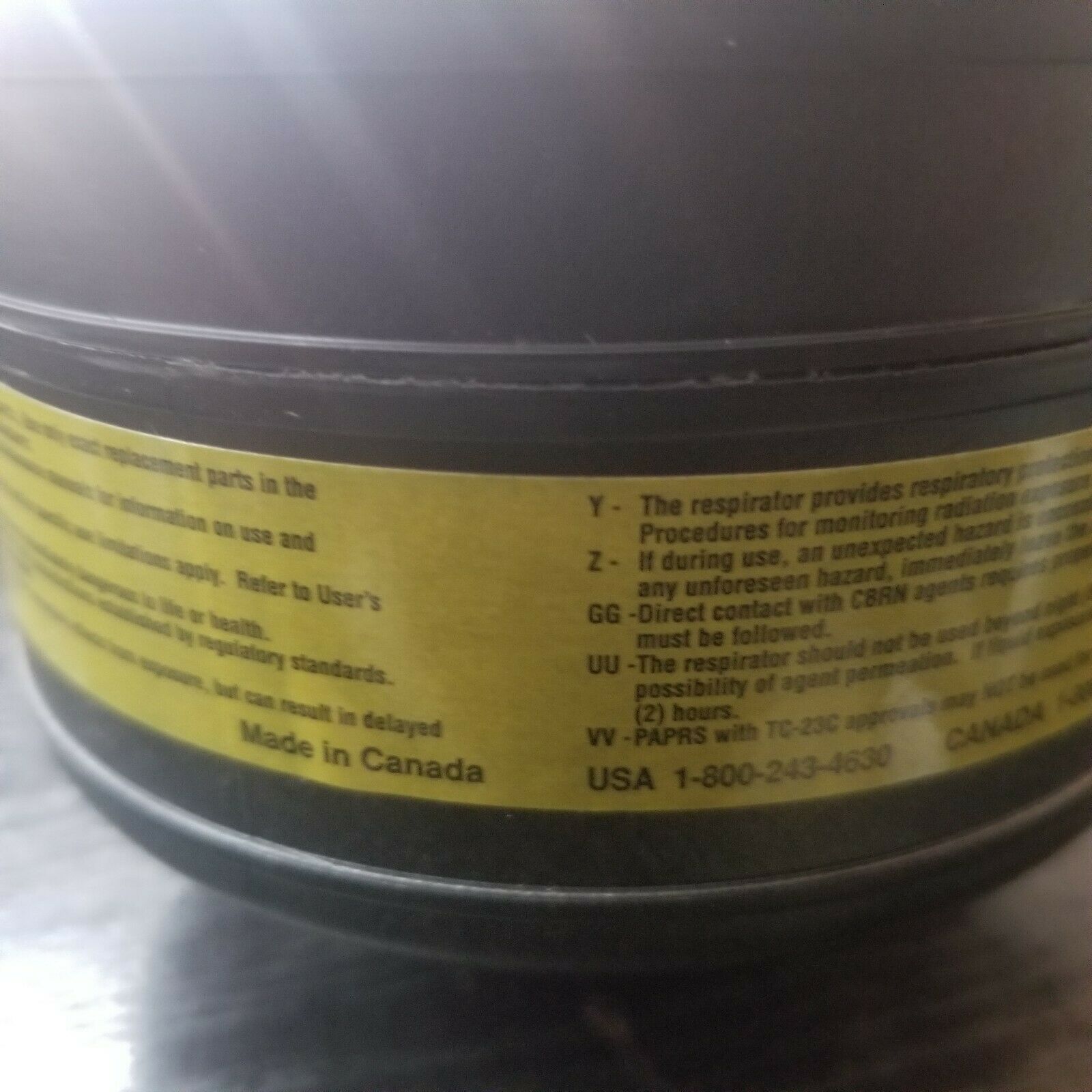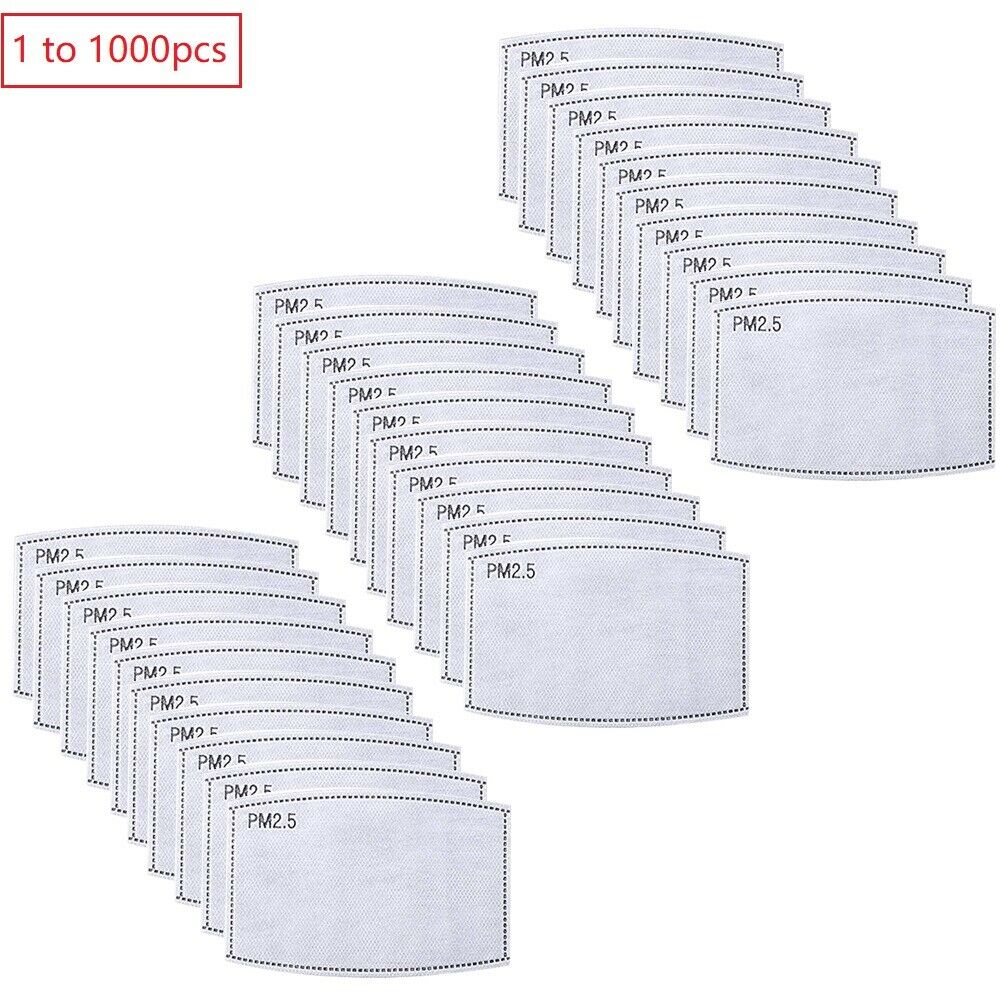-40%
RBE- 40 Canister, for use with 3M Breathe Easy Turbo PAPR , CBRN Cap 1 Lot of 9
$ 26.38
- Description
- Size Guide
Description
CBRN defense - This listing is for 9 Canisters/CatridgesDescription
Chemical, Biological, Radiological and Nuclear defense are protective measures taken in situations in which chemical, biological, radiological or nuclear warfare hazards may be present. CBRN defense consists of CBRN passive protection, contamination avoidance and CBRN mitigation.
The 3M reusable respirator combination cartridge/filter is for use with RBE-LB - PAPR Assembly, RBE-LV - PAPR Assembly, RBE-NMB - PAPR Assembly, RBE-NMV - PAPR Assembly.
Specifications
Brand:
3M
3M Number:
RBE-40
Product Type:
Combination Cartridge / Filter
Protection Type:
CBRN CAP 1
Color Code:
Green
For Use With:
RBE-LB - PAPR Assembly
RBE-LV - PAPR Assembly
RBE-NMB - PAPR Assembly
RBE-NMV - PAPR Assembly
Package Quantity:
1
Cap 1 vs. Cap 2 Cartridges for CBRN – Tips to Help You Make an Appropriate Choice
NOVEMBER 14, 2017
|
3M UNITED STATES
ST. PAUL, Minn. — With the ever-present possibility of acts of terrorism, natural disasters, chemical releases, epidemics and mass casualty events, the
personal protection equipment needs of first receivers and emergency response teams
continues to be a priority.
In 2006 the National Institute for Occupational Safety and Health (NIOSH) developed a protocol for the certification of powered air purifying respirators (PAPR) for protection against chemical, biological, radiological, and nuclear (CBRN) related hazards.
While OSHA has not yet required NIOSH-certified CBRN respiratory protection, certain government grants for PPE require CBRN approval, and it is considered a best practice for emergency preparedness and patient decontamination to use a
CBRN PAPR system
.
Provide Your First Receivers and Responders with the Tools They Need to be Prepared for Natural Disasters, Mass Casualties, or Acts of Terrorism
Obviously, a key component of the
CBRN respirator systems
are the cartridges. All NIOSH-approved CBRN cartridges are tested against a common panel of test chemicals, chemical warfare agents and particulates. On a loose fitting PAPR (such as comes with the 3M™ Breathe Easy system), these cartridges may be used in environments where the Immediately Dangerous to Life or Health (IDLH) limit for the chemicals of concern have not been exceeded (assuming the atmosphere is >19.5% oxygen).
As with all NIOSH-approved respirators, CBRN cartridges should be used only in accordance with
OSHA respiratory protection standard (29 CFR 1910.134)
NIOSH cautions and limitations specified on the NIOSH approval label
Manufacturer’s user instructions
How are Capacity Ratings Determined?
A unique aspect of the NIOSH CBRN protocol is that these cartridges are also assigned a Capacity (Cap) Rating.
Under defined laboratory conditions specified by NIOSH, a cartridge will not exhibit breakthrough of certain chemical vapors or gases (at a pre-selected concentration) for a specified duration of time.
For example:
Cap 1 must not exhibit breakthrough concentrations for a time no less than 15 minutes.
Cap 2 must not exhibit breakthrough for at least 30 minutes.
Cap 3 must not exhibit breakthrough for at least 45 minutes; and Cap 4, for at least 60 minutes.
In general, a Cap 2 cartridge would provide two times the service life for gases/vapors as a Cap 1 cartridge. To attain a Cap 2, 3 or 4 rating requires more capacity; more capacity generally means more sorbent, and therefore a larger and heavier cartridge and typically greater cost.
However, the Cap rating is not the only factor in determining when a CBRN respirator may be safely used. The Cap rating only applies to vapor and gas exposures – the particulate protection (including biological and/or radiological contaminants) is not affected by Cap rating.
Moreover, the laboratory chemical challenges were not intended to mimic real world use conditions. For example, the NIOSH chemical test agent concentrations are often 2-3 times the IDLH concentrations for those chemicals. As mentioned earlier, users cannot use any CBRN cartridge on a PAPR, regardless of Cap Rating, in an environment where the IDLH limit is exceeded, where the contaminant identity is unknown or where the oxygen level is deficient. In actual use, breakthrough may not occur for several hours depending upon the specific chemical, chemical concentration, environmental conditions, and use conditions.
Finally, Assigned Protection Factors (APF) are assigned by OSHA based on respirator facepiece or head-top type – and not the cartridge. Therefore, a CBRN respirator is assigned the same level of protection when utilized with a Cap 1 as it would be with a Cap 2, 3 or 4. The 3M Breathe Easy PAPR with the BE-10BR hood has an APF of 1000*.
Things to Consider When Making a Capacity Selection
In summary:
Particulate protection (including biological and/or radiological contaminants) is not affected by Cap rating.
In actual use, breakthrough may not occur for several hours depending upon the specific chemical, chemical concentration, environmental conditions and use conditions.
PAPR systems with a CBRN cartridge cannot be used in environments where the IDLH limit is exceeded, where the contaminant identity is unknown or where the oxygen level is deficient.
For Cap 1 – none of the NIOSH test chemicals will breakthrough to the predetermined concentration level in less than 15 minutes.
For Cap 2 – none of the NIOSH test chemicals will breakthrough to the predetermined concentration level for at least 30 minutes.
Capacity levels relate to relative lengths of in use service time for gases and vapors, Cap 2 cartridges would have about twice the service life of a Cap 1.
To attain a Cap 2 rating requires more capacity and more capacity generally means more sorbent, and therefore a larger and heavier cartridge, which is typically greater in cost.
When making the
decision to purchase CBRN equipment
, including the appropriate cartridge, you should partner with a provider who can help educate you about the choices, who provides ongoing training/support, and works to help keep you up to date about new technologies, regulatory changes, and other important developments.
*OSHA assigned protection factors defined in 29 CFR 1910.134. 3M supports an APF of 1000 for the 3M™ Breathe Easy PAPR systems for emergency preparedness.
Challenge Agent
Sarin
DMMP
Cyanogen Chloride
Hydrogen Cyanide
Phosgene (CG)
Chloropicrin (PS)
α-Chloroacetophenone
o-Chlorobenzylidenemalononitrile
Chlorine
Sulfur Dioxide
Hydrogen Chloride
Carbon Tetrachloride
Ammonia
Phosphine
Particulates (High Efficiency)
















